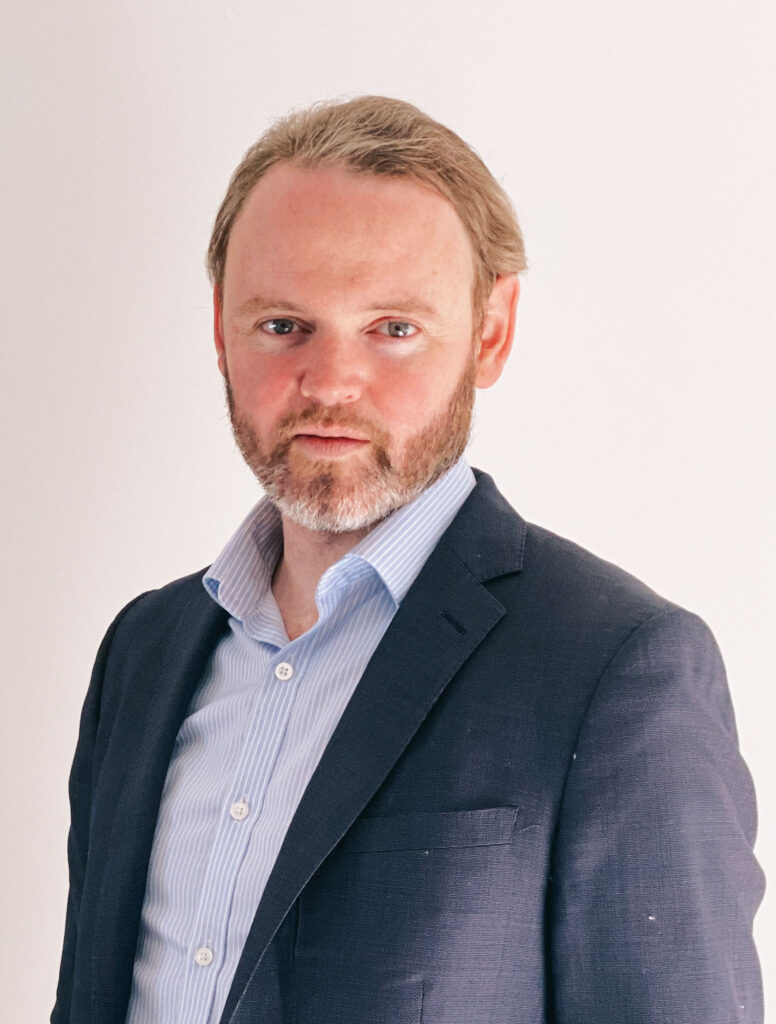Technology is changing far quicker than anybody can adapt, so asset managers need to move beyond automating critical processes, according to Steven Strange, Head of Product (Asset Management) at ION.
“The fundamental part before you even start thinking creatively is to completely rethink and reassess how you strategically think about all aspects of your organization,” he told Traders Magazine.
It’s not just a top down approach, he said, adding that asset managers can start thinking about their everyday processes and strive for innovation and not just have a standardized approach of saying “we’ve gone Cloud, we’re automating”.
“Without a well thought-out plan and goals, I think you get stuck using potentially a buzzword of we’re going digital, which is the incorrect way of looking at it,” he stressed.

Strange thinks that the biggest problem is to shift your thoughts across a firm and to get everybody to be all in: “having a siloed approach is just not going to work.”
He added that junior workforce that are coming may be very equipped and adapt that to a digital age and look to take big data and do great projects and see how they can add value and innovation, but the rest of the company is just not used to working like this as there have been different incentives, different goals and silo divisions.
“Working together between siloed divisions is key,” he said.
Strange also said that it can be quite an expensive thing to do, because you have to invest time with most employees.
He further added that asset management firms need to carefully select their technology partners.
“By getting them to use their tools and expertise, you can start to solve some of these traditional problems where firms are not sure even which way to begin,” he said.
“You’re not in this on your own as a firm, you have other partners there. And technology is the underlying key here, which could help prevent some of those barriers,” he added.
According to Strange, emerging technologies, including AI, Blockchain, Cloud and open architecture comprise both risks and opportunities.
“There are all these great opportunities, but they come with expensive risks. If you’re just going around doing things without context or well thought out, it can be an expensive problem,” he said.
With all these emerging technologies, it’s a big mistake to try to connect applications one-to-one with no overall vision or standard, he added.
For asset managers to develop interoperability, but also ‘digital maturity’ means that they need to “change the culture”.
“It won’t change overnight, but you’ll be on that journey and hence, the term maturity is key here. We can only become more mature, we’ll never just become fully digital,” he said.
Culture is the big piece, people are the key piece. It’s not an idea of just automating everything, reducing the number of people that are employed and saving costs, he said.
“You need these people to be part of the culture that will essentially allow you to have a digital transformation’s strategy and be successful,” Strange said.
Strange also thinks that you can’t do any of this without interoperability, applications must talk to each other.
He mentioned the ION Desktop Bus, a messaging channel with a set of messages and protocols that enable apps to share data.
“If you can have an underlying platform that allows you to just add in different apps as they come in whether you build them yourself, whether their third-party application, whether it’s multiple vendors coming through a common underlying infrastructure is key because it means you can keep on top of it in a much quicker and faster way,” he said.



